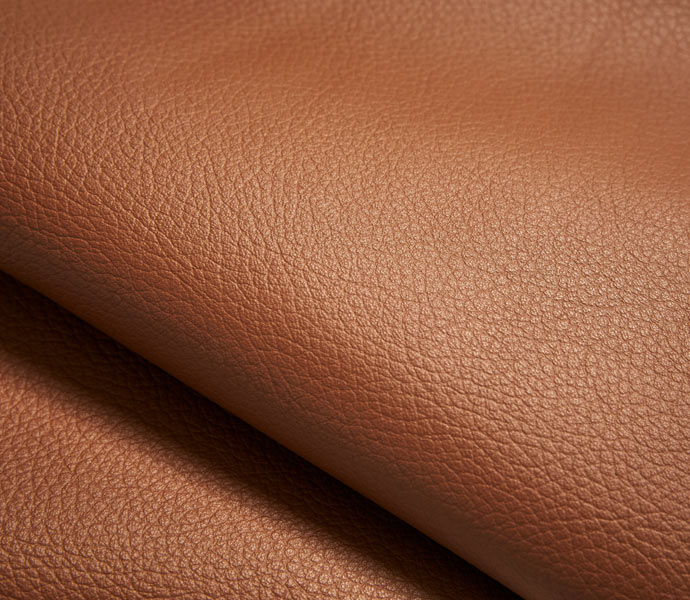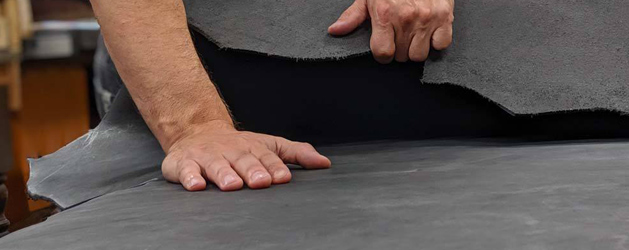-
-
Mail Us


Leather is made from animal skin such as cow, sheep, goat, horse, etc., which are prone to decomposing over a period of time because of its structural protein, known as collagen.
To prevent this, ancient practice involved the use of organic methods comprising of tree barks and plant tissues which absorbs water in the skin which arrest rotting.
Some of the barks used are from pine, oak, mimosa, chestnut trees.
The ingredients comprises of using tannin, a natural agent derived from organic tree barks with an impeccable characteristic to absorb water and control swelling to produce hard, thick and durable leather used make cases, tooling, stamping and carving.
Predominant uses of Vegetable Tanned leather are for shoes, bags, fashion accessories, rifle cases, body armor, horse saddles, belts, etc.


Another process to overcome the high toxic effects of chrome tanning is the use of synthetic tannins, glutaraldehydes and minerals, zirconium and aluminum to produce wet white leathers which are being widely adapted by the industry. Synthetic tannin is also used to compliment and act as dispersing agents for other natural tanning process and as a combination for pretanning and retanning while used along with dyestuffs and vegetable tanning.
The wet white process gives a natural look and are very soft in feel. They are very light and has long durability. The leathers can be made for high performance purposes equal to chrome tanning.The chrome free tanning process reduces the presence of heavy metals, which is a source of contention with the regulatory procedures when it comes to biodegrading aspect of the leather and is preferred as an alternate to reduce environmental harm caused by chrome tanning.
Upon specific customer requirements, we undertake chrome tanning process, fully compliant with regulatory RSL- Restricted Substance List framework as per international standards and specifications on chromium usage in tanning.
The process is cheaper and quicker alternative to vegetable tanning. The process involves the use of chemicals, acids, salt such as chromium sulphate. After removing the hair by liming process, the hide is pickled using a mixture of salt and acid. The pretreated hide is then left to soak in chromium sulphate, usually in a drum or bath, which gives a distinct light blue colour also known as wet-blue.
Though the tanning process is the same between vegetable and chrome tanning i.e., the removal of water from the skin, chrome tanning uses chromium salts in place of tannins. The leather becomes softer and thinner because the chrome ion which repalces water are smaller compared to the molecules of vegetable tanning.


Our consistent investments in sustainability, infrastructure development, upgrade of machineries and continuous efforts on research and development to improve product quality and process efficiency keeps us ahead of the competition.

We employ knowledgeable and skilled human talent trained in latest tanning practices and techniques to drive the production process effectively with optimum use of men and materials thereby reducing wastage and cost.